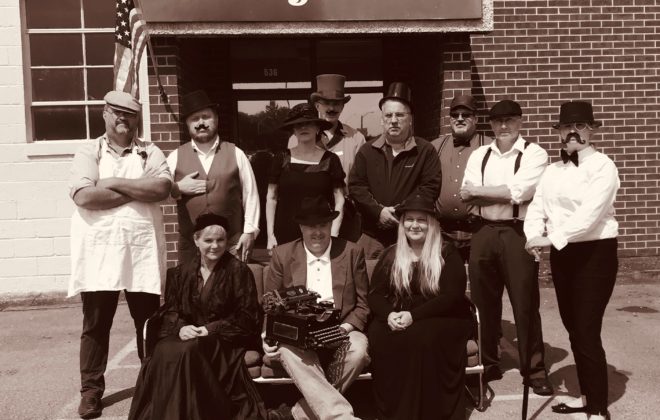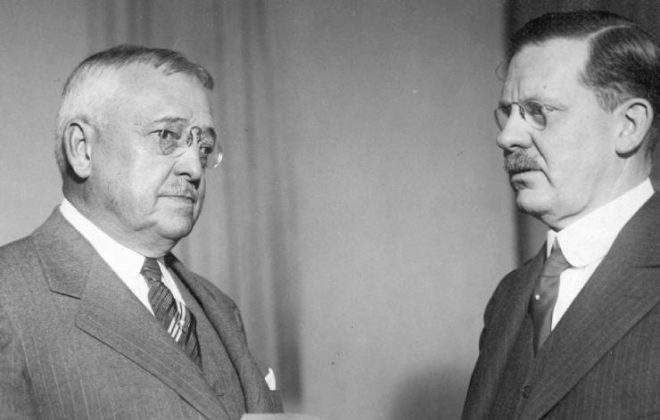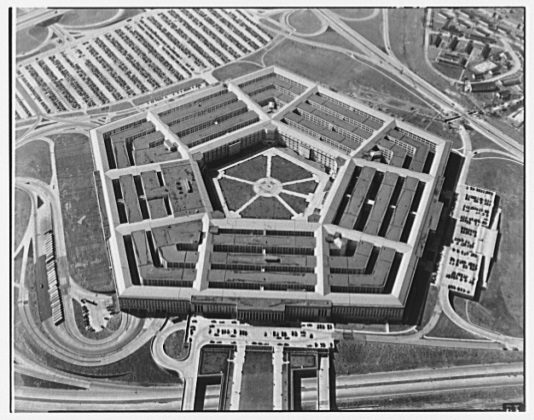Article #4: Enos Barton: The Guiding Spirit
This is blog #4 of the Enos Barton series. Read blogs #1, #2 and #3 here.
Through the sale of Anson Stager’s majority holdings, Western had become the crown manufacturing jewel of the Bell System. The new Bell System, now owner of all significant telephone patents and flush with investors’ cash, was eager to build a telephone network.
In November of 1881, Western was recapitalized by Bell at $1 million and became the exclusive manufacturer of telephone products for the Bell System. This capitalization was almost immediately expanded to $15 million (in 1882 dollars) when AT&T gained control of the Bell System.
Consider this description of the young Bell System by Herbert Casson, author of The History of the Telephone.
“The Bell System secured its first million of capital in 1879; its first million of earnings in 1882; its first million in dividends in 1884; its first million of surplus in 1885. It had paid out its first million in legal expenses by 1886; began to send a million messages a day in 1888; had strung its first million miles of wire in 1900; and had installed its first million telephones in 1898. By 1900, it had twice as many miles of wire as the Western Union and in 1905, five times as many. Such was the plunging progress of the Bell companies in this period of expansion, that by 1905, they had swept past all European countries combined, not only in the quality of service, but in the actual number of telephones in use.”
The vast majority of that material was furnished by Western Electric.
The company also remained a major manufacturer of electric lighting, apparatus for electric railway and had even begun a line of electric home appliances.
The guiding spirit behind all of this expansion was Enos Barton. It seemed that no plant or facility was so large that Barton couldn’t profitably expand it and produce more.
Yet even the mighty Western Electric strained to satisfy the demands of the Bell System. In response, Barton began using selected Western warehouses to stock and furnish miscellaneous products such as pole line hardware and wire connectors, manufactured by other companies. This was the beginning of an electrical distribution business with Western.
These materials were made available to the Bell System and to other customers, such as non-Bell telephone companies, telephone installers and electrical contractors. These customers appreciated the convenience of having non-Western products available with their regular orders from Western.
Enos Barton, who by now did nothing on a small scale, expanded the purchasing and distribution of non-Western products throughout the company’s vast network or warehouses. This grew into a major business in its own right and acquired its own organization, the Supply Department, within the company.
Western’s Supply Department dramatically increased the volume and variety of the electrical supply products it distributed. By the turn of the century, this department was generating millions of dollars of sales annually.
By 1900, Enos Barton decided that his distribution operation had grown large enough to justify its own network of warehouses. Accordingly, the Supply Department opened its first dedicated facility in Philadelphia in 1901, and other major cities followed.

At Barton’s direction, Western also built and continually expanded the monumental Hawthorne Works plant in Illinois. He opened distribution facilities across the United States and new manufacturing plants in London, Paris, Berlin and Antwerp.
At the time of Enos Barton’s retirement as president of Western Electric in 1908, the company’s sales for the previous fiscal year were $57.7 million. During his tenure, Western had produced more than six million telephones, millions of miles of wire and countless other products.
In July of 1912, continuing on the course set by Barton, the Supply Department opened a distribution house at 724 Prospect Street in Cleveland. In this way, Western returned to the city where Gray & Barton had started their partnership 43 years before.
By 1926, the Supply Department, with 55 sales and stocking locations, had become the largest electrical products distributor in the world. In that year, the division was separated from Western and set up as the independent “Graybar Electric Company, Successor to the Western Electric Supply Department.”
Enos Barton lived to see the world transformed by his own actions. As with his partner, Elisha Gray, Barton embraced change and new technology. With some good luck and decades of superb management, Enos Barton built a small partnership into the world’s leading communications and electrical manufacturer and distributor. Along the way, Barton achieved great personal wealth, including an estate of 1,100 acres in Hinsdale, outside of Chicago.
Enos Barton also faced personal tragedies. He and his first wife Katherine lost three of their six children, including their eldest son, Enos to childhood illnesses. After the death of Katherine in 1898, Barton married Mary Appleton Rust. The couple had four sons.
Throughout his life, Enos Barton remained committed to the company he had co-founded in his 20’s. After his retirement as president, Barton served as chairman of the board until his death in 1916 in Biloxi, Mississippi, at the age of 73.
The former Western Electric Company and its descendants are the Barton legacy. Today, Graybar continues to live up to the commitment to customer service that characterized Enos Barton’s entire career.
In a business letter sent in 1886 to a Western Electric branch manager, Barton advised the manager to do whatever was necessary to satisfy a customer named Capt. Stone. This letter sums up the ethic that brought Barton and his company such great success:
“Don’t let anything go undone to get through in season,” Enos Barton wrote. “Do what you can to please Capt. Stone and if they require anything that you regard as clearly not in our contract, let us know. We don’t want to be small about little things. And we want the work done right.”
This article was republished from the Winter 1994 Graybar Outlook magazine.



